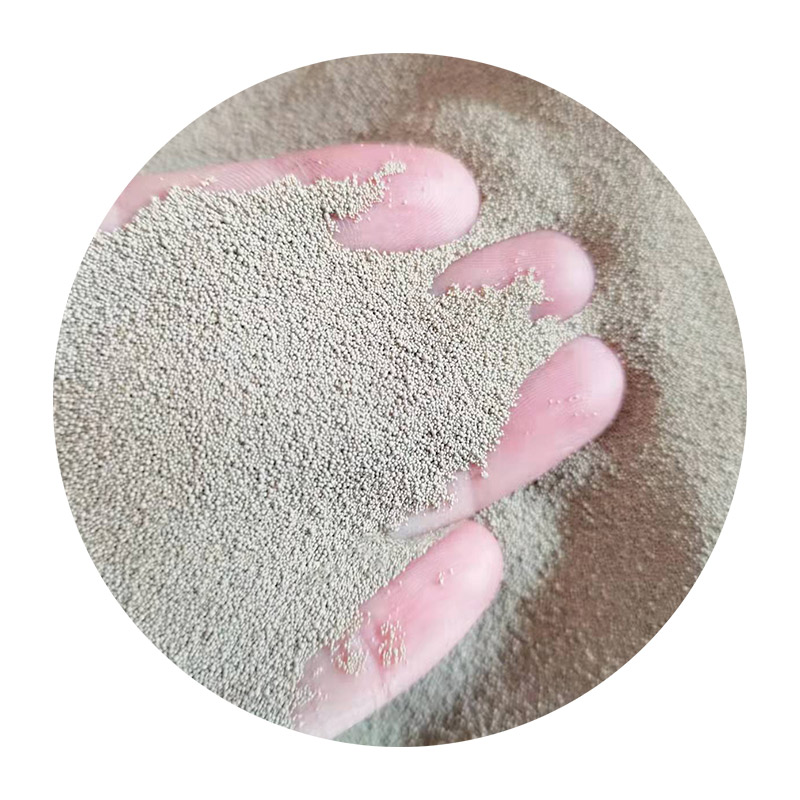3D Printing a Sanding Block A Perfect Blend of Technology and Practicality
In the realm of DIY projects and woodworking, having the right tools can make all the difference. One often overlooked yet essential tool is the sanding block. Traditionally made from wood or plastic, sanding blocks facilitate the smoothening of surfaces and improve the overall finish of any project. However, with the rise of 3D printing technology, creating a customized sanding block tailored to specific needs has never been easier.
The Advantages of 3D Printing a Sanding Block
1. Customization One of the most significant advantages of 3D printing is the ability to design custom sanding blocks that meet personal specifications. For example, woodworkers can create blocks of various shapes and sizes, accommodating intricate designs or adapting to different types of sandpaper. Customizing the shape allows for better access to tight corners and intricate features that standard blocks might not reach.
2. Material Variety 3D printing allows users to choose from an array of materials. While traditional sanding blocks are typically made from wood or solid plastic, 3D printing opens the door to flexible filaments that can add grip and comfort, enhancing the user experience. These materials can also reduce wear on sandpaper, prolonging its life and effectiveness.
3. Efficiency Time is often a critical factor in any project, and 3D printing can streamline the process. Setting up a sanding block for 3D printing can be done in a matter of minutes with the right design files, and while the printer works, users can focus on other aspects of their project. Once printed, the sanding block can be utilized immediately, eliminating the need for manual assembly or adjustments typically required with traditional sanding blocks.
4. Cost-Effective For hobbyists and professionals alike, investing in a wide range of sanding blocks can get costly. By leveraging 3D printing, users can save on costs by printing their blocks as needed, reducing the necessity of purchasing numerous variants. Moreover, excess materials can often be recycled and reused for future projects, making it an environmentally friendly choice.
Steps to Create Your Own 3D Printed Sanding Block
sanding block 3d print

Creating a custom sanding block using 3D printing involves a few simple steps
1. Design The first step is to create a design using CAD software like Fusion 360 or Tinkercad. Start with a basic shape, and then customize dimensions based on your project needs. Make sure to include holes or grooves for the sandpaper to fit securely.
2. Select Material Choose the right 3D printing material. For flexibility and comfort, consider using TPU (thermoplastic polyurethane) or other flexible filaments. These materials can provide a better grip while sanding and make the process more enjoyable.
3. Print Once you have your design and materials ready, it’s time to print! Make sure your 3D printer is set to the correct settings for the chosen filament to ensure a smooth finish.
4. Assembly After printing, attach the sandpaper to your new sanding block using adhesive or the designed slots. You can even integrate a quick-release mechanism to swap out sandpapers effortlessly during your projects.
5. Test and Adjust Finally, test your sanding block on trial materials. This will help you identify any adjustments needed for better ergonomics or efficiency.
Conclusion
3D printing a sanding block offers a unique opportunity to blend traditional woodworking techniques with modern technology. By customizing, optimizing, and creating user-specific designs, both amateur and professional woodworkers can enhance their workflows significantly. This intersection of technology and practicality paves the way for innovative tools and better craftsmanship in every woodworking project. So, why not harness the power of 3D printing for your next project and create a sanding block that's tailor-made to fit your needs? The possibilities are endless!
Post time:दिसम्बर . 10, 2024 04:35
Next:Understanding Facing Sand Usage in Foundry Processes and Its Importance
